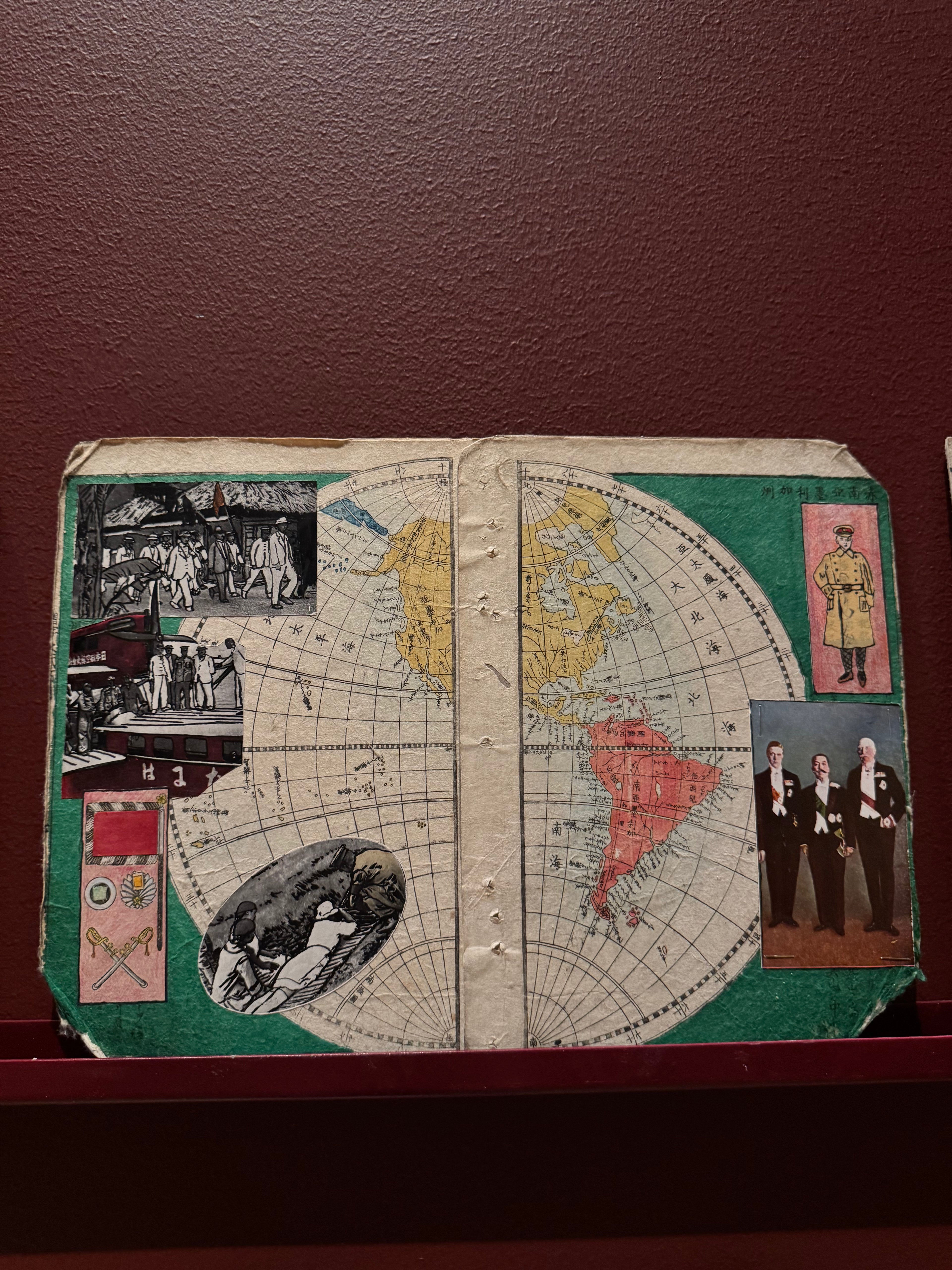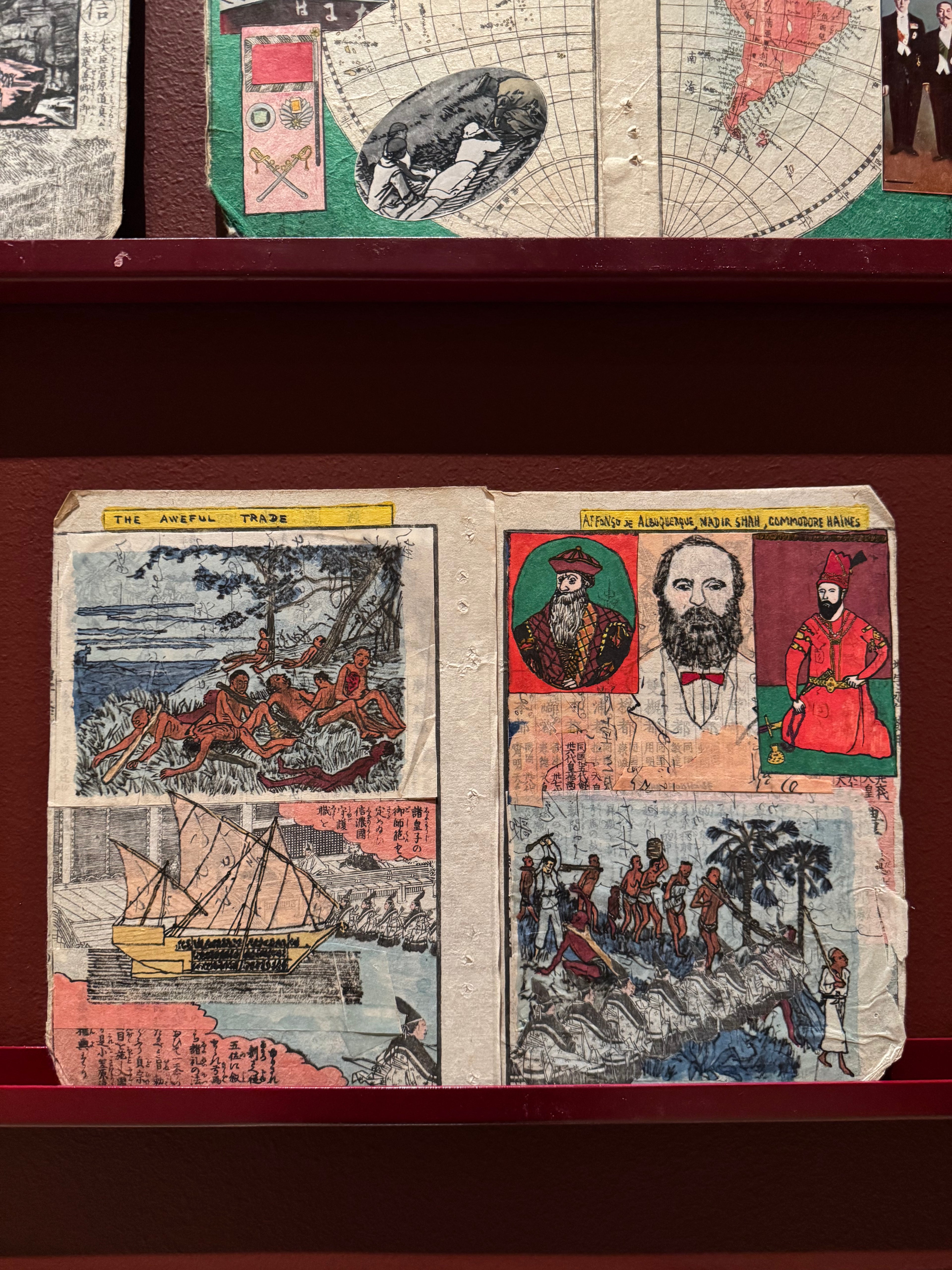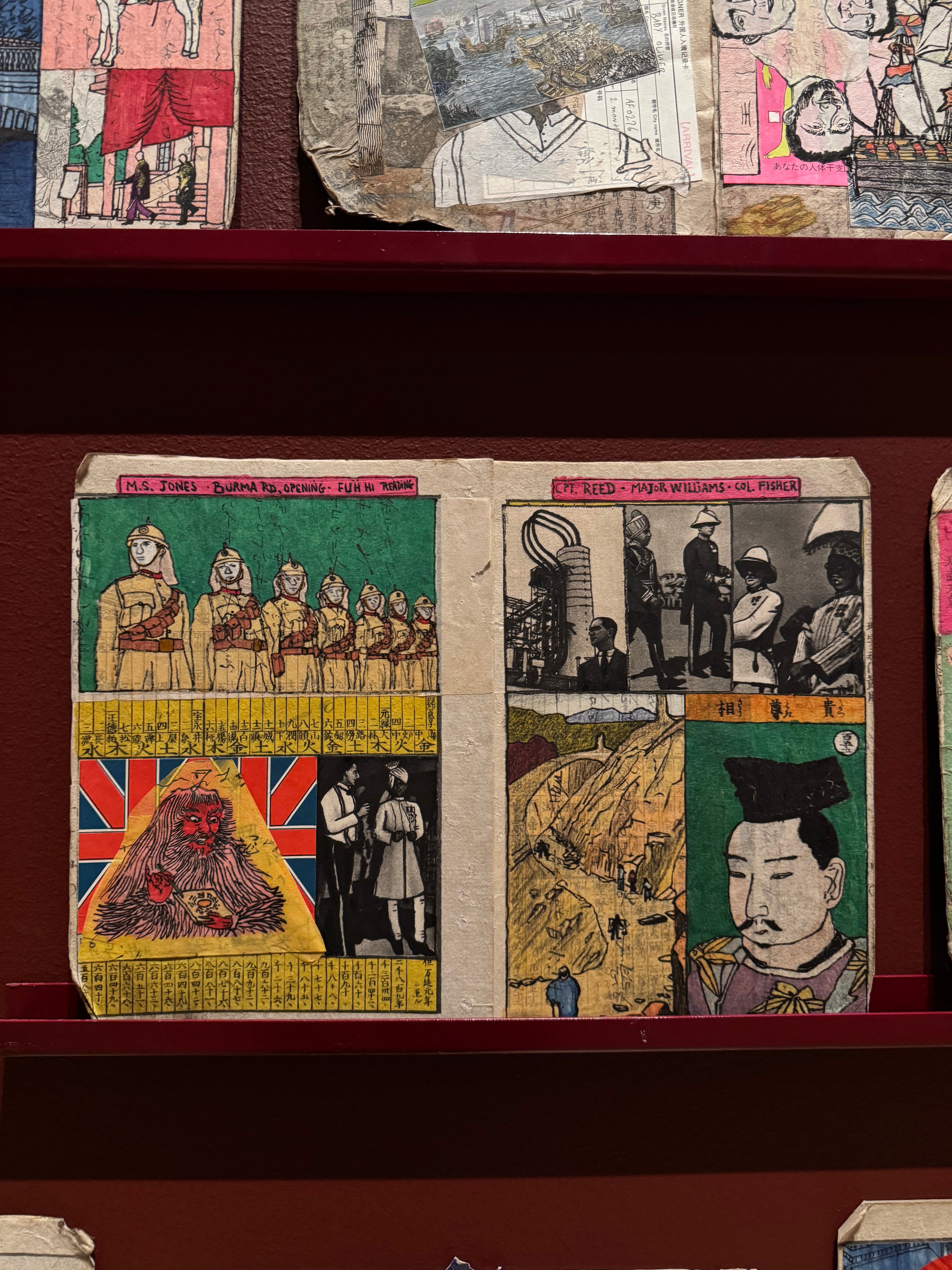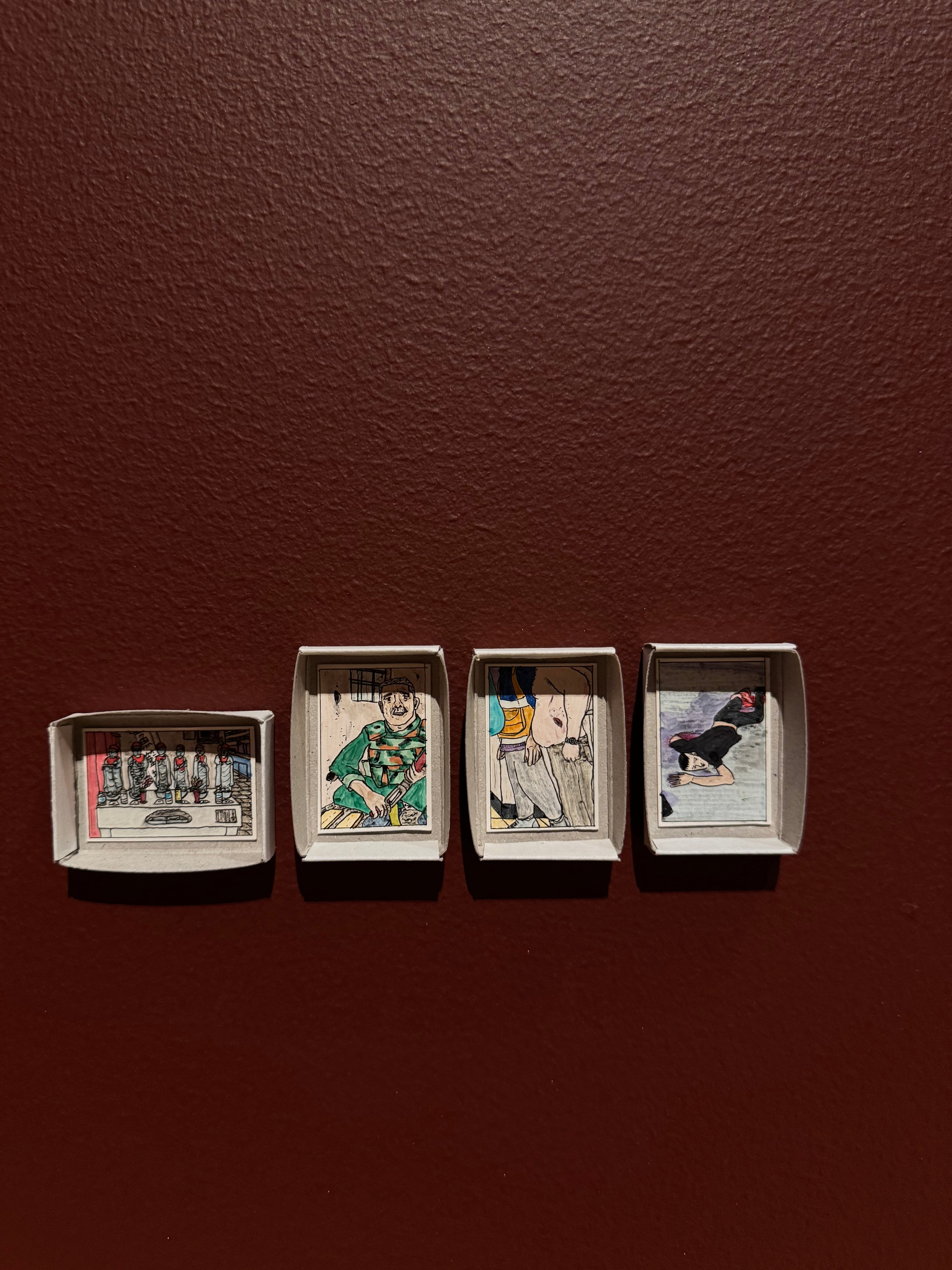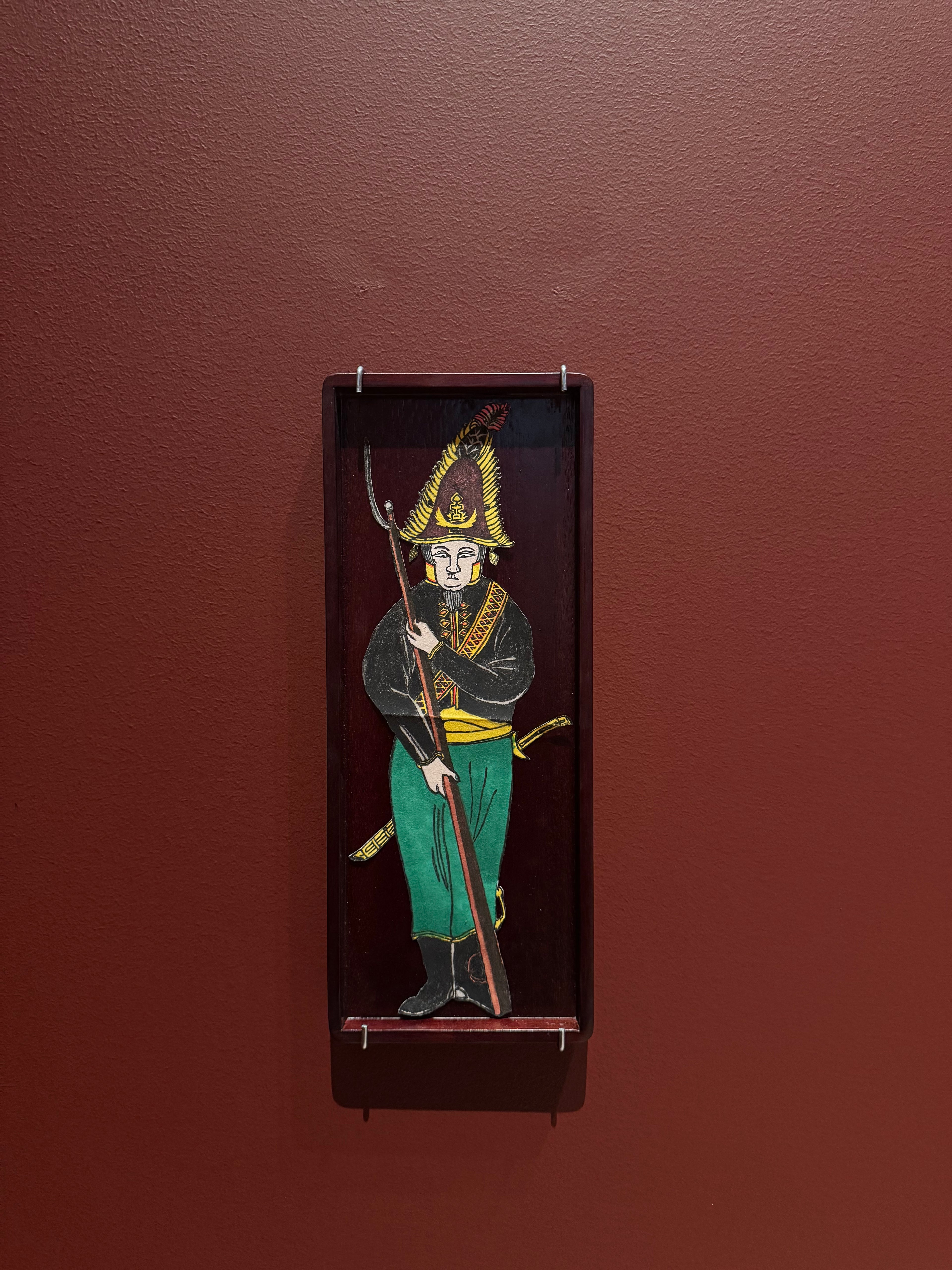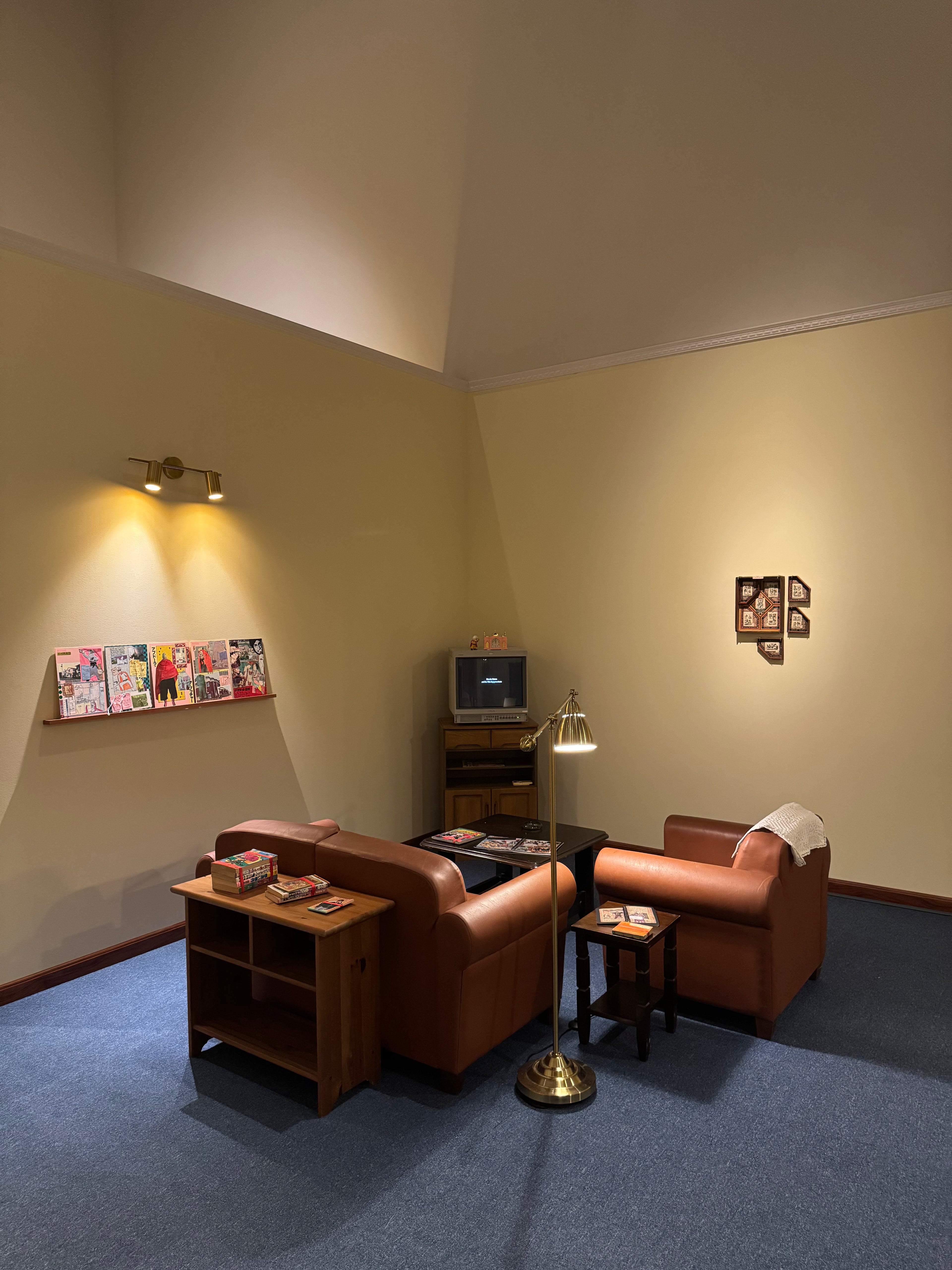
SELF PORTRAIT WITH A CAT I DON’T HAVE: THE ARCHITECTURE OF ABSENCE
Words by Velin
Step into the room and it feels like trespassing. A desk, a shelf, the scattered traces of a life arranged with almost too much care. You are inside someone else’s apartment, but the walls do not hum with the intimacy of home. They hum with memory. This is Bady Dalloul’s Self Portrait with a Cat I Don’t Have, and the cat in question, of course, never appears.
Dalloul is allergic to cats. That is the practical explanation. But in his world, absence is never just practical. It becomes a phantom presence. The cat he cannot own turns into the perfect stand in for the things that shape us by not being there: the lost homeland, the imagined future, the fragments of history that fail to cohere. His “self portrait” is not a face in paint but a room arranged like a diary, where what you do not have fills the air as vividly as what you do.
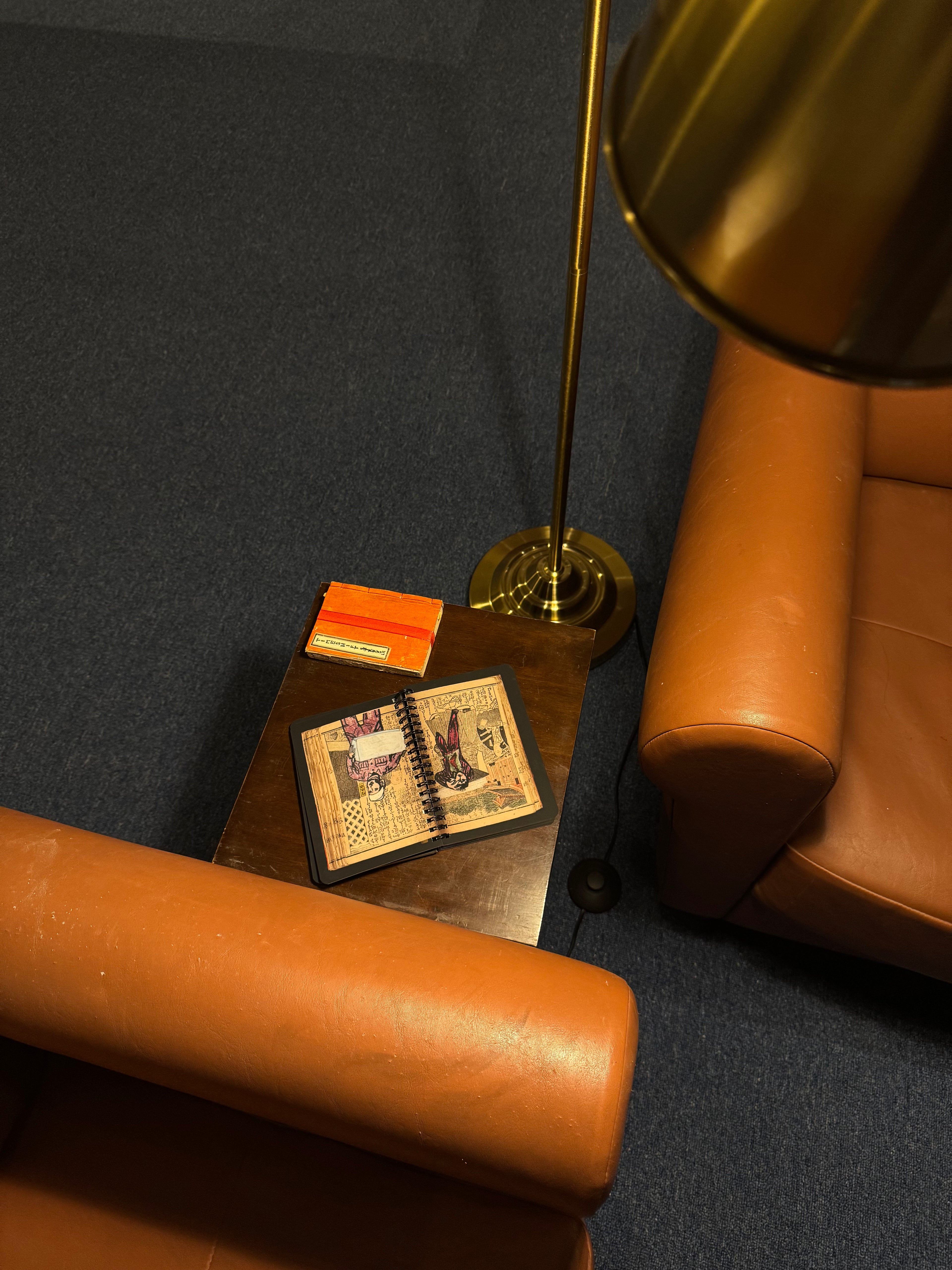
Born in Paris in 1986 to Syrian parents, Dalloul grew up between two worlds, spending his summers in Damascus and his school years in France. His practice has always been about bridging those distances, not by erasing them but by turning them into art. He draws in matchboxes, collages history into fragile books, and replays the endless drama of migration and empire in miniature formats. These are not grand monuments to power but delicate maps of the in between. Small, yes, but insistent.
At Jameel Arts Centre in Dubai, the installation takes shape as a reconstructed apartment. It looks domestic and familiar, yet it is undeniably staged. It is a theater of memory. Objects are positioned with the logic of collage, walls lined with matchboxes containing drawings of Syrian streets, fragments of news, and portraits of people he met in Japan. The room is a self portrait built not of mirrors but of space. Instead of looking at his face, you enter the environment he inhabits.

Here, migration is not statistics or geopolitics but atmosphere. To move through the room is to feel the weight of histories that never settled. Books and boxes evoke Damascus and Paris, Tokyo and Dubai, as if the apartment itself has been assembled from multiple geographies. Borders dissolve not in utopia but in layering, one city folded into another, one memory pressed against the next.
Dalloul’s new series Age of Empires threads into this domestic setting like an undercurrent. Fifty drawings based on a nineteenth century Japanese astrology manual reflect on the rise and fall of empires. They remind us that while the apartment feels intimate, it is also haunted by power structures larger than any individual. His parents’ Damascus, his own Parisian upbringing, and the shifting cartographies of Syria seep into the walls. The self is never isolated from empire. The personal always collides with the political.
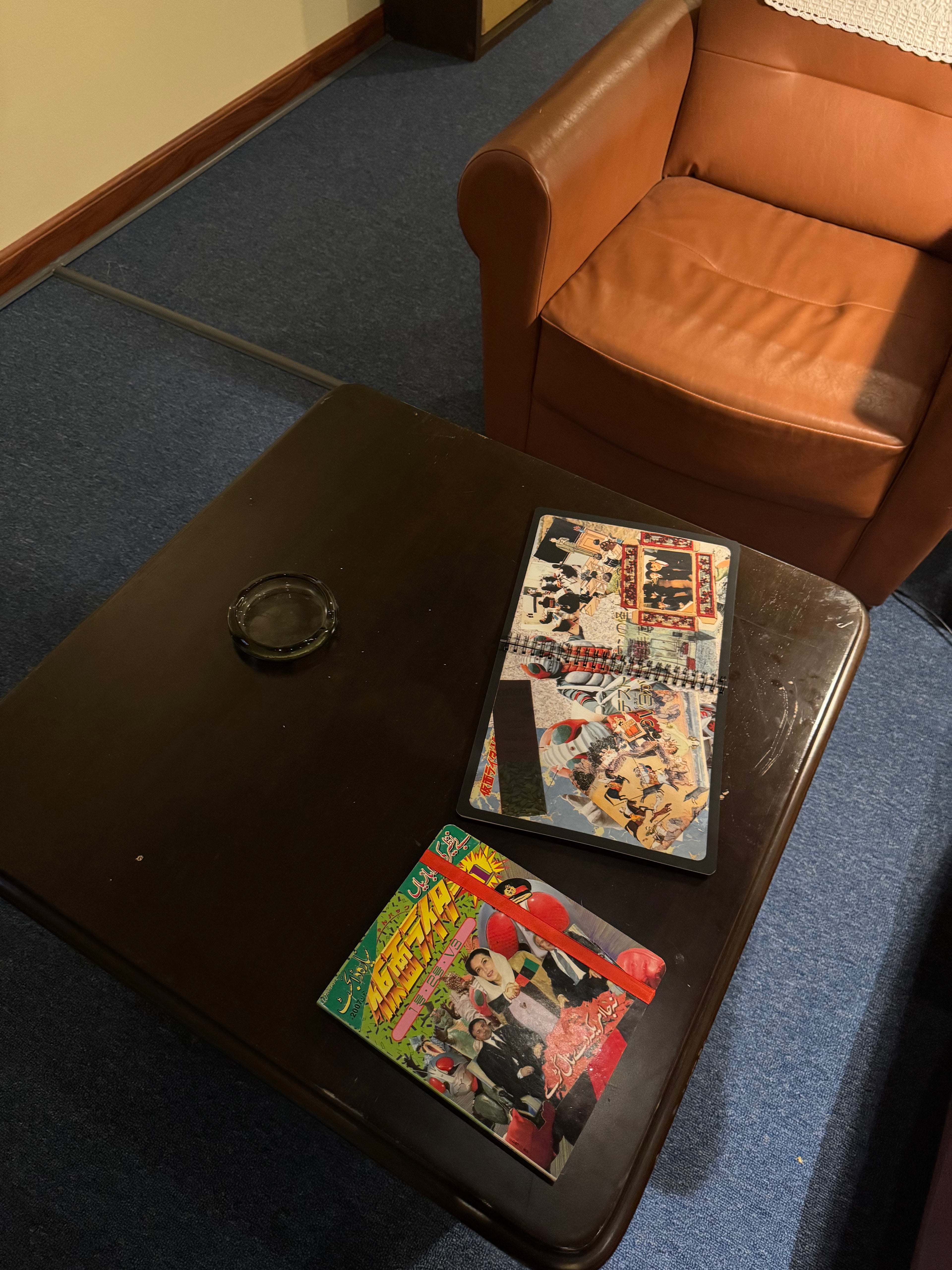
And then there is the cat. Or rather, the cat that is not. Its absence is almost comic, yet it carries the exhibition’s deepest provocation. What does it mean to sketch a self portrait around something you cannot have? To build a home out of phantom belongings? Migration teaches you to live with absences, to curate memory into presence. Dalloul leans into this truth. The cat becomes a metaphor for the unattainable, the imaginary companion, the private joke that turns into an existential condition.
The nostalgic quality you feel walking into that room is not nostalgia for a single place. It is nostalgia as a practice. It is the act of piecing together fragments into something livable, of arranging objects and drawings into a version of home. It is fragile, makeshift, and provisional, but it is real. That is the paradox Dalloul insists on.
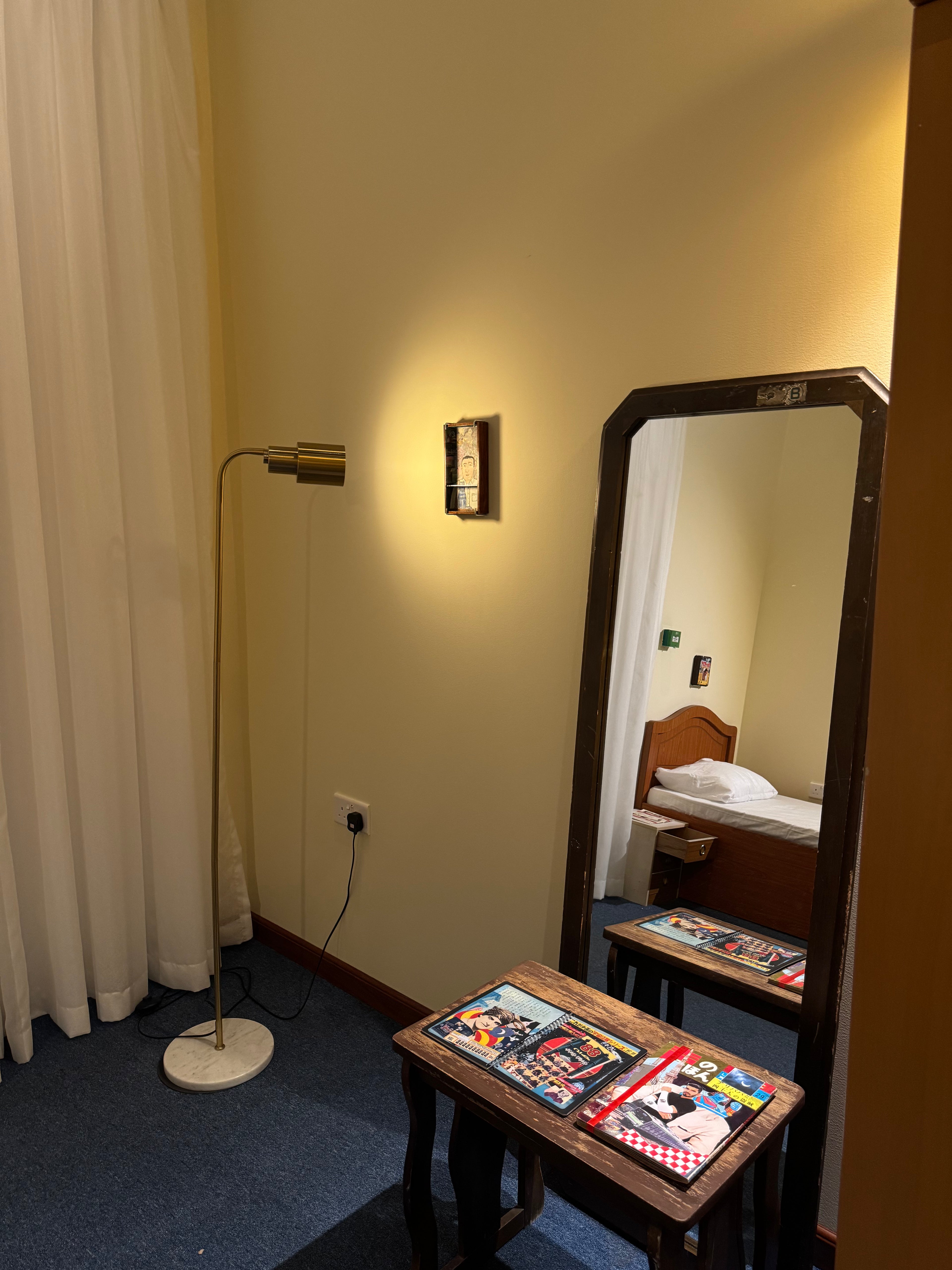
A self portrait, then, is not a likeness on canvas. It is the architecture you build around your absences. In Self Portrait with a Cat I Don’t Have, the artist gives us an apartment that is both diary and stage, memory and fiction. You do not see his face, but you feel the spaces that have made him. And in those spaces, absence is not emptiness. It is the cat curled invisibly in the corner of the room, reminding us that what we do not have is often what defines us most.
